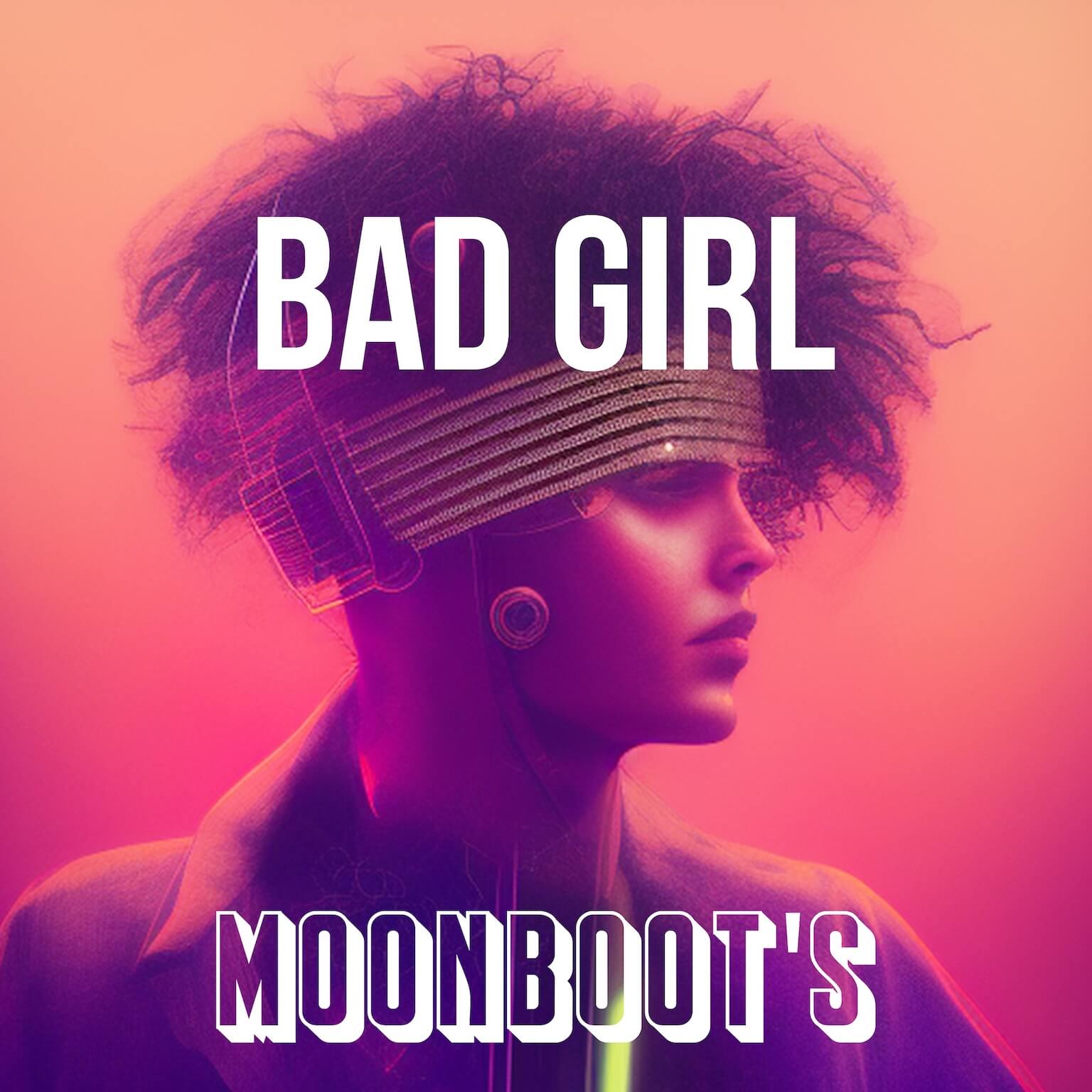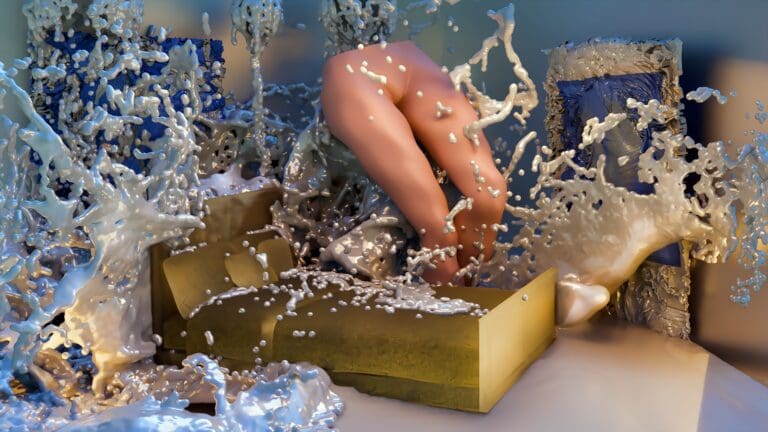Resilience and Accessibility: Japan’s Art Market Grows 11% Post-Pandemic
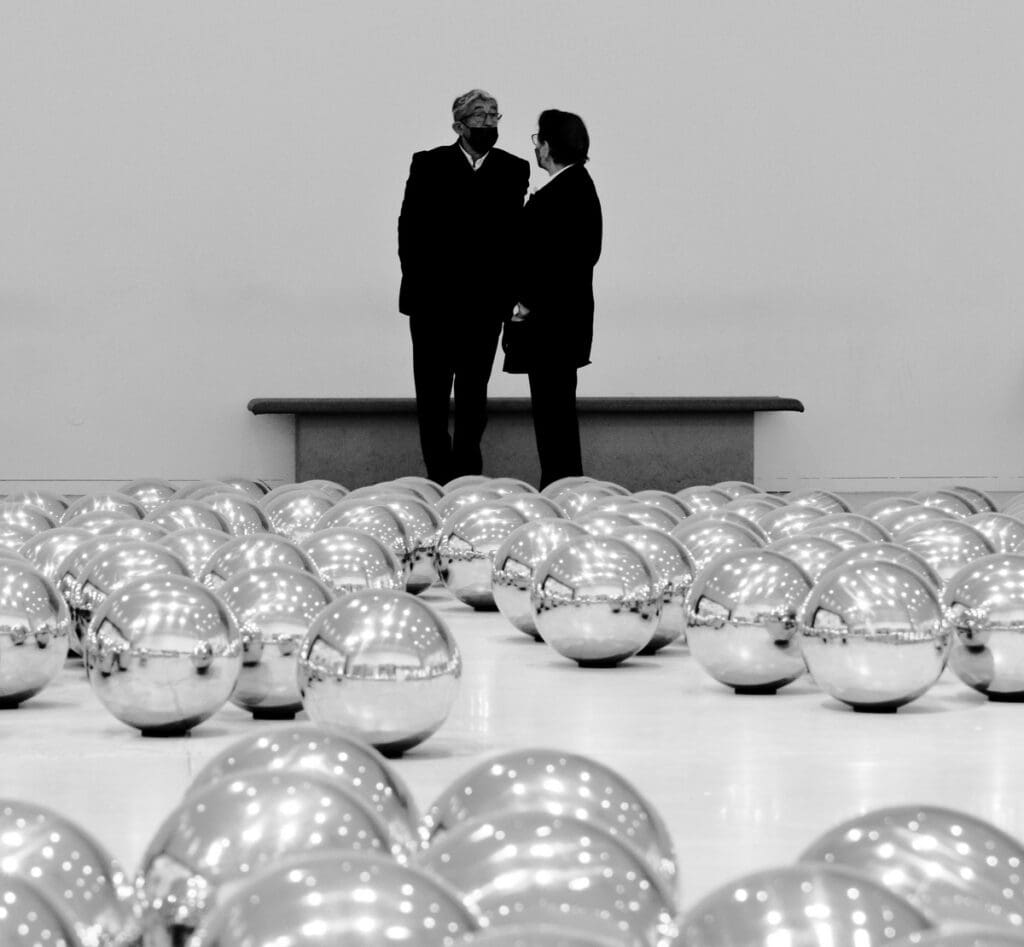
Share to Social Media
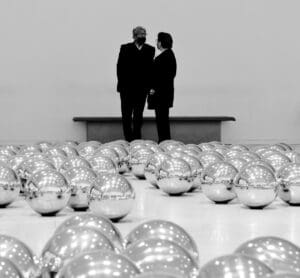
Resilience and Accessibility: Japan’s Art Market Grows 11% Post-Pandemic
Japan’s art market has shown remarkable growth in recent years, expanding by 11% between 2019 and 2023 to an estimated value of $681 million. According to The Japanese Art Market 2024, authored by Clare McAndrew and commissioned by Japan’s Agency of Cultural Affairs, this growth contrasts with the global market’s modest 1% increase over the same period. Despite a dip in high-end transactions in 2023, Japan’s unique focus on local buyers and affordable art sets it apart.
AMG Presents Moonboots
Galleries and dealers accounted for 68% of Japan’s art sales, with Tokyo and the Kanto region dominating the market. Japanese collectors primarily favor in-person transactions, with 74% of sales conducted at galleries compared to 29% globally. Online sales remain minimal, comprising just 5% of the market versus 20% globally. McAndrew attributes this trend to Japan’s preference for direct artist-collector relationships, often facilitated through platforms like Instagram.
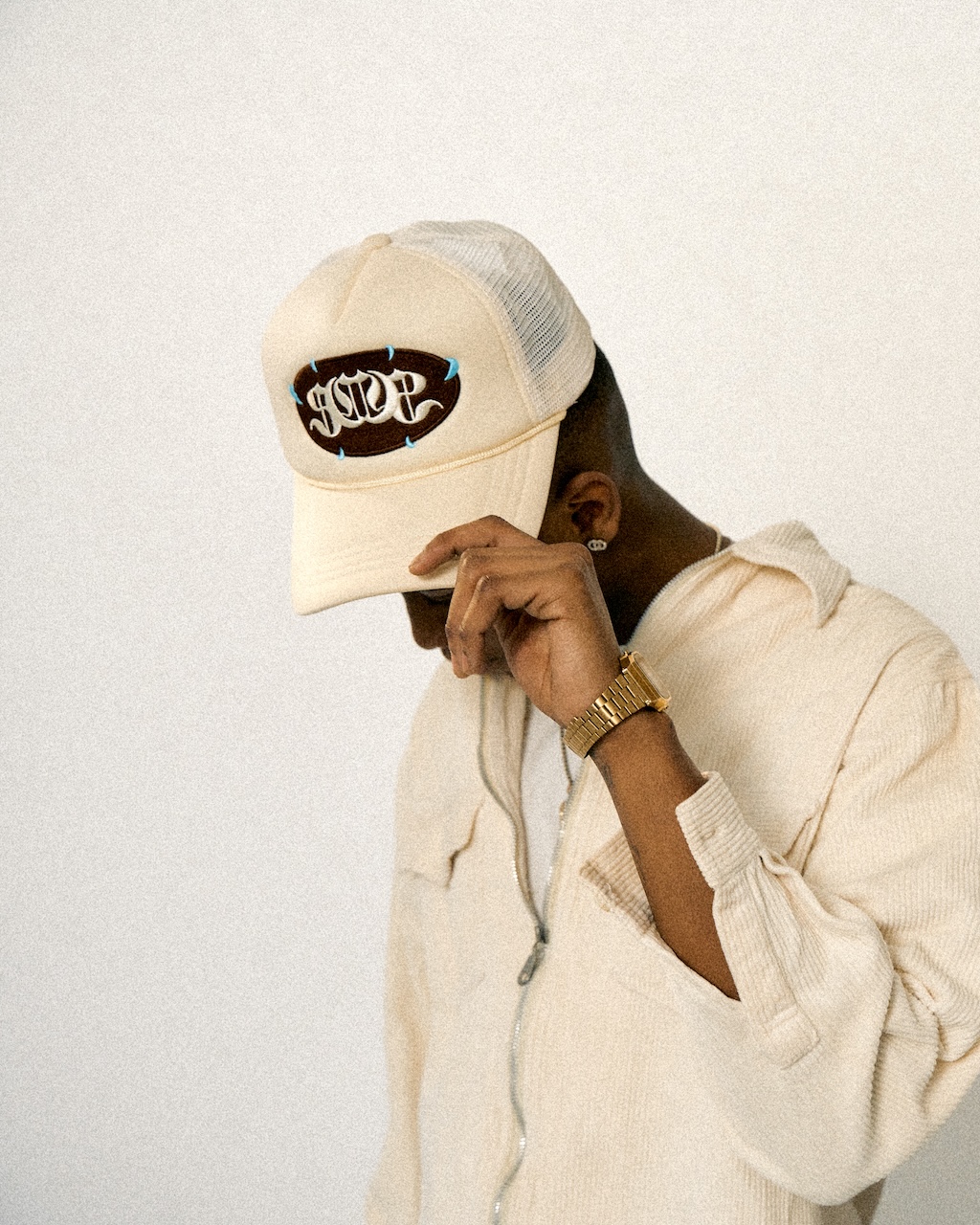
Notably, works by internationally renowned artists like Yayoi Kusama and Yoshitomo Nara sell for much lower prices domestically, reflecting Japan’s focus on affordability. Over 91% of auction sales in Japan were under $10,000 in 2023, emphasizing the market’s accessibility. This inclusive environment fosters greater engagement, with art market-related industries employing over 12,700 people and supporting 47,320 visual artists across the country.
Japan’s art market, now representing 1% of global sales and 5% of Asia’s market, remains dwarfed by the dominance of Hong Kong and mainland China, which together account for 80% of Asia’s art sales. However, Japan’s democratic pricing model ensures art permeates more of its society, creating opportunities for middle-class and emerging collectors.

Design. Build. Launch. No Code Needed.
From portfolio websites to full webshops – Elementor lets you build custom WordPress sites visually, fast and beautifully. Join 14M+ users who choose freedom, flexibility, and full design control.
